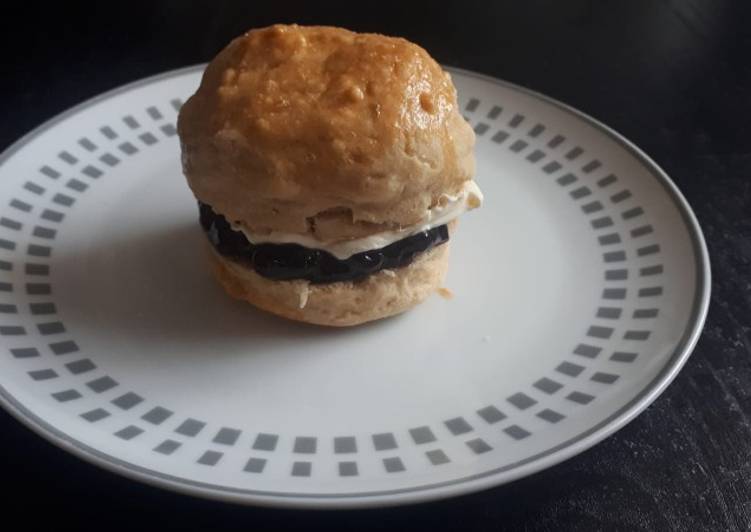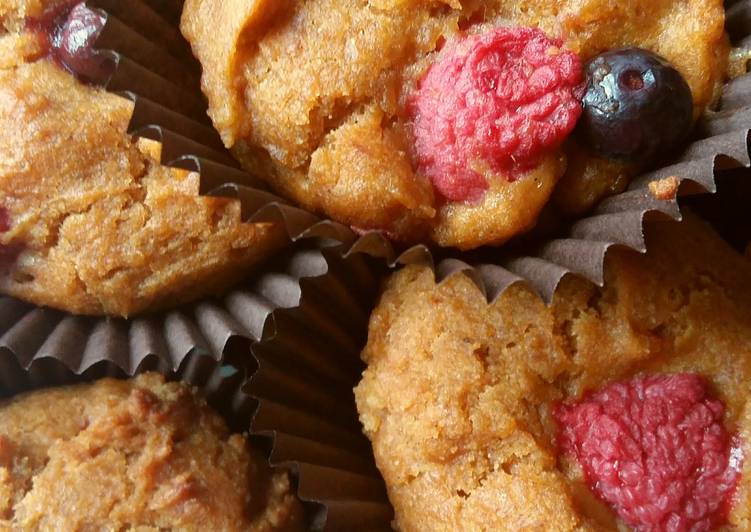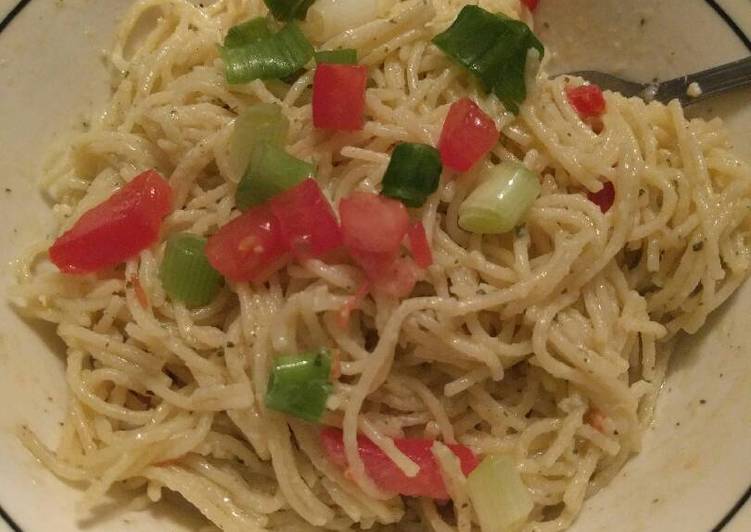
Hey everyone, it’s me again, Dan, welcome to my recipe page. Today, we’re going to make a distinctive dish, classic scones. One of my favorites. This time, I’m gonna make it a bit unique. This is gonna smell and look delicious.
Traditional English scones are barely sweet — they are usually eaten with sweet jam and clotted cream — and they are lighter, flakier and tastier than their American counterparts. Here's a basic scone recipe just waiting for you to add your own personal touches. Scones are the easiest British teatime treat and chances are that you will have all the ingredients for this recipe already.
Classic Scones is one of the most favored of recent trending meals on earth. It’s simple, it’s quick, it tastes delicious. It’s appreciated by millions daily. Classic Scones is something that I have loved my whole life. They’re nice and they look fantastic.
To get started with this particular recipe, we have to prepare a few ingredients. You can cook classic scones using 10 ingredients and 12 steps. Here is how you cook it.
The ingredients needed to make Classic Scones:
- Prepare 350 g self-raising flour
- Get 1/4 tsp salt
- Prepare 1 tsp baking powder
- Prepare 85 g butter cut into cubes
- Take 3 tbs caster sugar
- Take 175 ml milk
- Get 1 tsp vanilla extract
- Get 1 tbs squeeze lemon juice
- Take 1 beaten egg to glaze
- Make ready Jam and clotted cream to serve
Topped only with jam, clotted cream along with a pot of tea, they are perfect for breakfast or afternoon tea. British scones are small nibbles that are fairly plain on their own, but are classically eaten with jam and Doing this creates a fine, sandy consistency that helps give the scones their classic texture. The key to perfect scones is cold, grated butter — it's what creates those beautiful flaky layers you love. This truly is the Best Classic Cream Scones recipe!
Steps to make Classic Scones:
- Heat oven to 220C/fan 200C/gas 7.
- Tip the 350g self-raising flour into a large bowl with 1/4 tsp salt and 1 tsp baking powder then mix.
- Add 85g butter cubes, then rub in with your fingers until the mix looks like fine crumbs.then stir in 3tbs custer sugar.
- Put 175ml milk into a jug and heat in the microwave for about 30 secs until warm, but not hot.
- Add 1 tsp vanilla extract and a squeeze of lemon juice, then set aside for a moment.
- Put a baking sheet in the oven.
- Make a well in the dry mix, then add the liquid and combine it quickly with a cutlery knife – it will seem pretty wet at first.
- Scatter some flour onto the work surface and tip the dough out. Dredge the dough and your hands with a little more flour, then fold the dough over 2-3 times until it’s a little smoother. Pat into a round about 4cm deep.
- Take a 5cm cutter(smooth-edged cutters tend to cut more cleanly, giving a better rise) and dip it into some flour. Plunge into the dough, then repeat until you have four scones. You may need to press what’s left of the dough back into a round to cut out another four.
- Brush the tops with a beaten egg, then carefully place onto the hot baking tray
- Bake for 15 mins until risen and golden on the top. Eat just warm or cold on the day of baking, generously topped with jam and clotted cream.
- If freezing, freeze once cool. Defrost, then put in a low oven (about 160C/fan140C/gas 3) for a few mins to refresh.
Delightfully buttery and extra flaky, these cream Scones hail from Scotland, but the modern rendition of a classic scone is vastly different to those. Twists are fun but sometimes it's nice to stick to to the classics. These are the easiest, most delicious classic scones and the only twist it whether you choose cream or jam to go. The secret to perfect scones is cold ingredients. Chill your milk and butter before mixing them together for the best teatime nibbles.
So that is going to wrap it up for this special food classic scones recipe. Thanks so much for your time. I am sure you will make this at home. There is gonna be more interesting food at home recipes coming up. Remember to save this page in your browser, and share it to your family, friends and colleague. Thanks again for reading. Go on get cooking!


